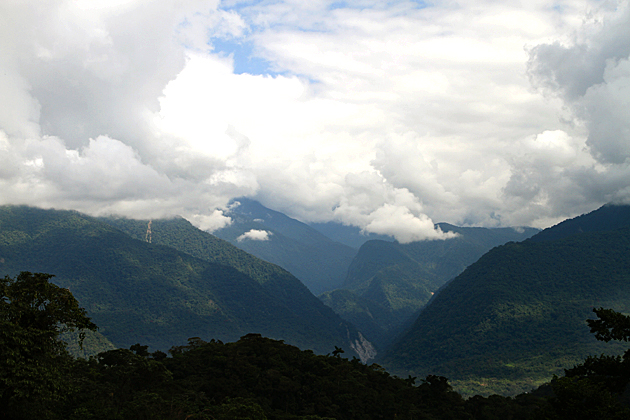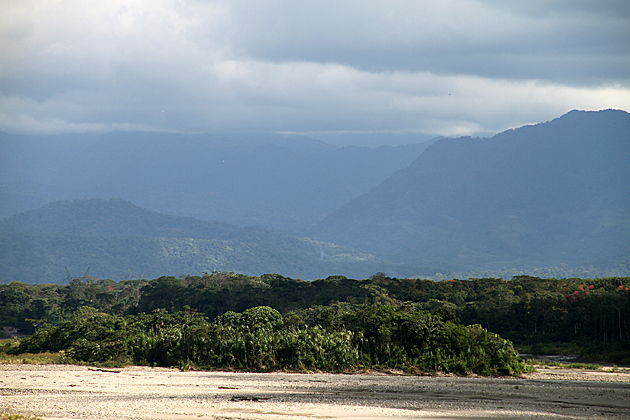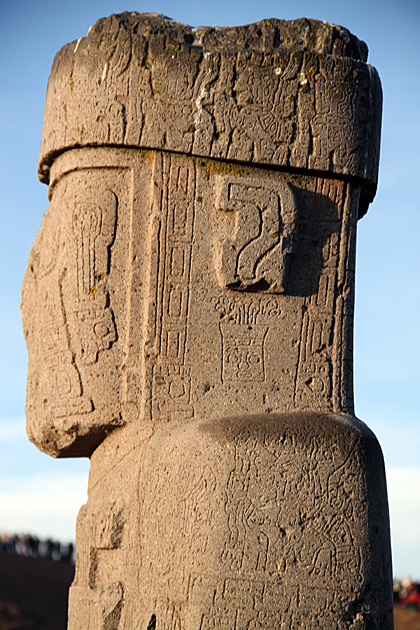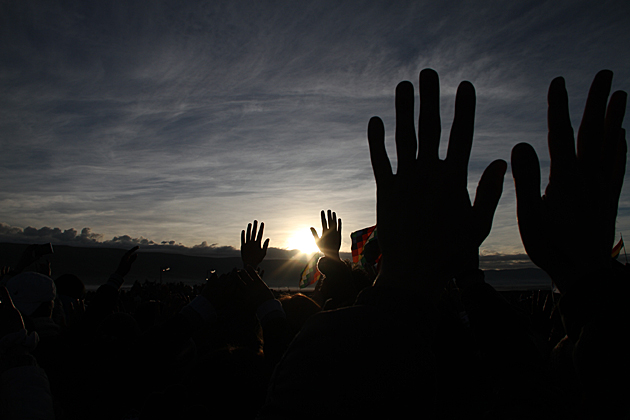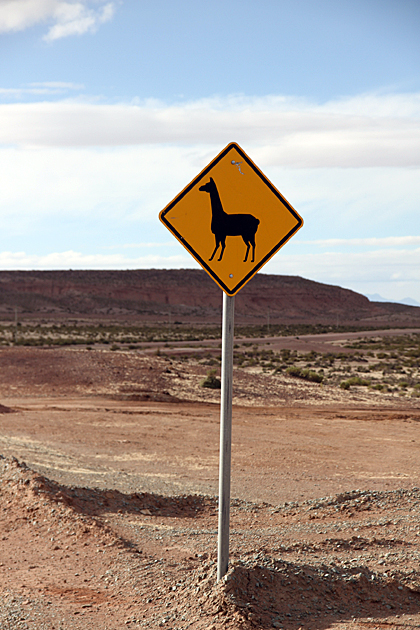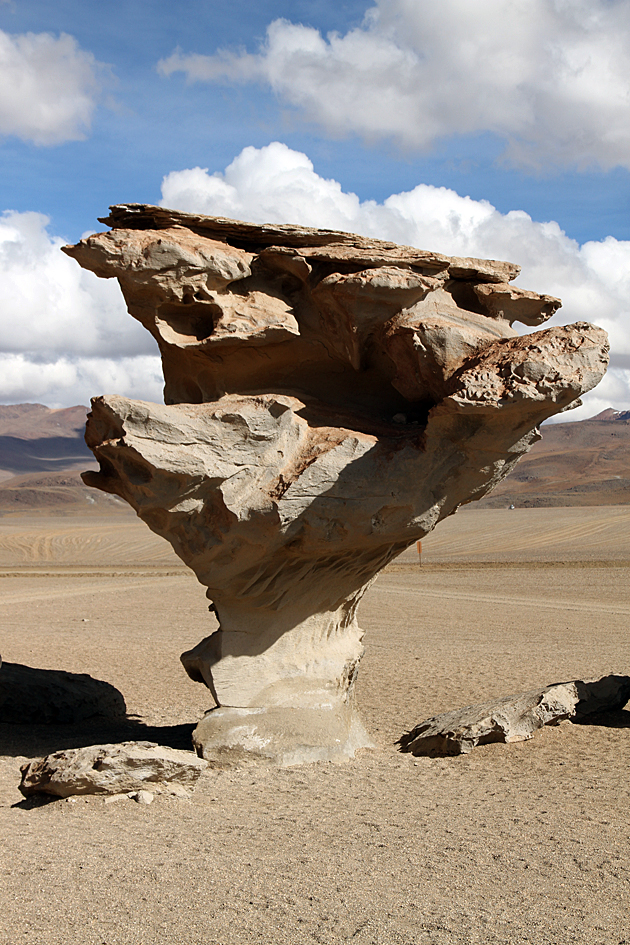Chapare Hike #2: Through Parque Carrasco
We had such a great time during our first hike with José, that we immediately scheduled another: this time through the Parque Nacional Carrasco. Carrasco is one of the most ecologically diverse areas in Bolivia, with a total size of about 2400 square miles. 5000 plant species have been recorded here, including over 200 types of orchids, and the park is home to rare animals like the Andean Spectacled Bear, the taruca (North Andean Deer), the jaguar, and the Andean Cat.
